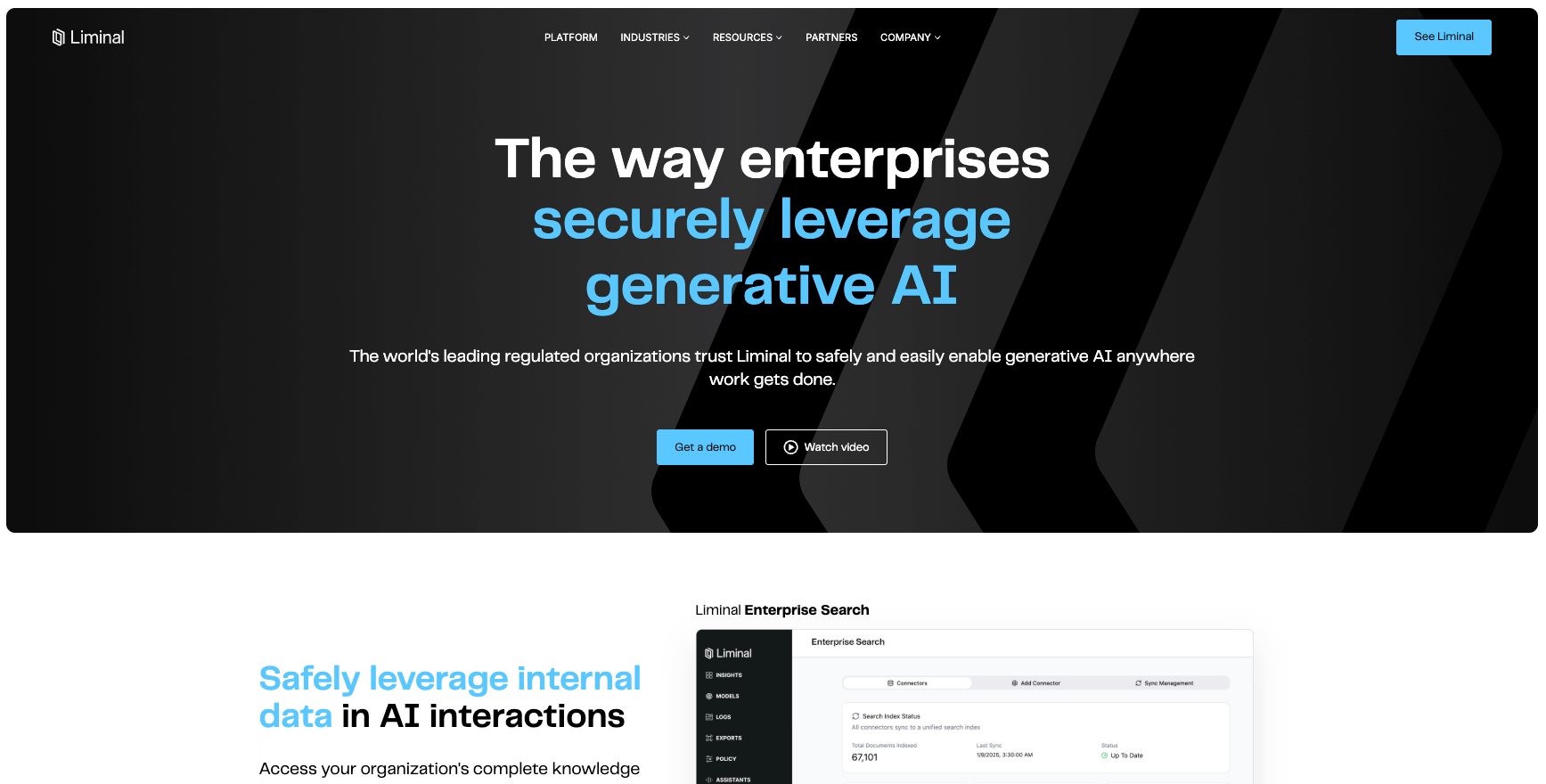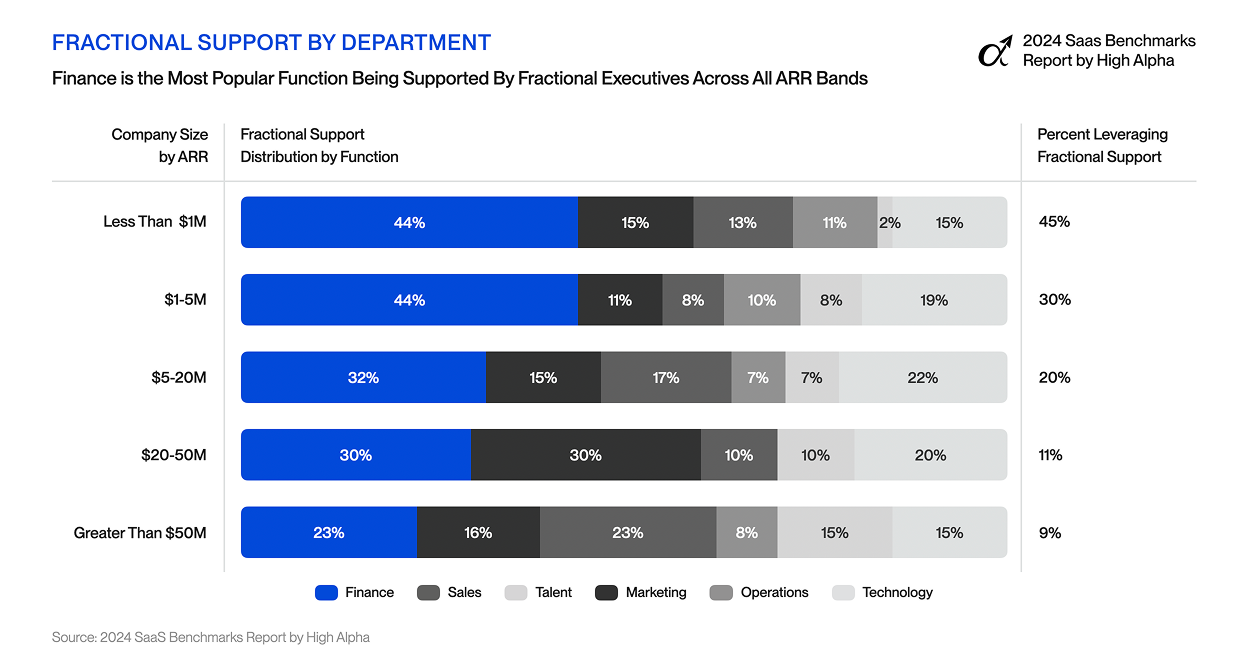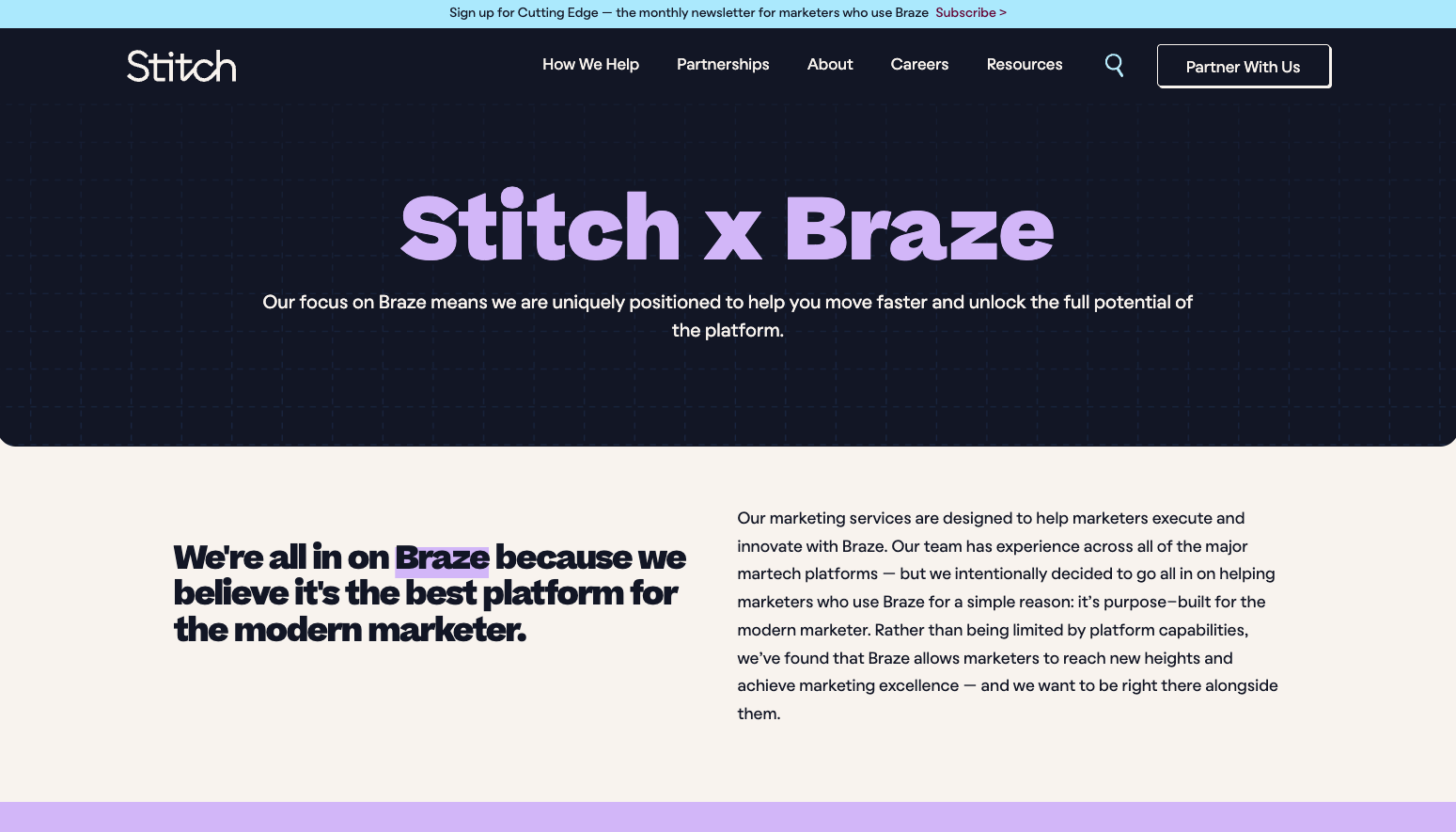As an early stage software founder, you’re responsible for selling — or what’s typically known as “founder-led sales”. And while there are different ways to approach founder-led sales, it’s most often a combination of:
- Signing up design partners
- Building an MVP
- Converting design partners into paid customers
- Learning
- Iterating
- Repeating
This works great in the beginning when the team is small. But there will (hopefully) come a time when you need to build your first iteration of a GTM engine. This can be tricky — you’re still in the early days, and hiring the wrong people at the wrong time will set you back.
Here’s how you can avoid some common pitfalls when building your first GTM team.
Quick note: This is advice when hiring your GTM team, not your engineering team and/or CTO… that should happen first!
1. Don’t Hand Off the Sales Baton Too Early
As you exit the founder-led sales phase, it can be tempting to hire your first BDR and expect pipeline to grow and deals to close. But whether it’s a first marketing hire focused on demand generation or a sales professional doing the work of both BDR and AE, those early hires will fail if you pass the revenue baton off too early.
What’s too early? If your ideal customer profile (ICP) is too broad and you haven’t closed more than a handful of medium to large deals, it’s too early to bring in a sales or marketing hire and expect them to genuinely impact your pipeline. But if you do have a narrow ICP — i.e., marketing directors at Series B and later SaaS companies struggling with attributing ROI to content marketing efforts — then you’re ready to build an agile, efficient GTM team.
2. Building the Team and Figuring Out the “Who”
Some of who you hire depends on the type of company you’re building and how you plan to go to market. And while GTM is a combination of folks working in customer success, marketing, and sales, you don’t necessarily need to make full-time hires in every discipline of every department right away… especially as AI increasingly helps smaller teams operate like much bigger teams.
The most effective strategy for early-stage SaaS is rarely an either/or, but a strategic blend.
When to Hire In-House Talent
You should hire a full-time employee for mission-critical roles that require deep product context, constant collaboration, and strong cultural alignment. This typically includes your first marketing lead, a founding sales hire, and eventually your first customer success specialist. These individuals become the bedrock of your GTM strategy, internalizing customer feedback and driving strategic initiatives. And, as the bedrock of your company, you need them to be coachable, adaptable, and great learners. Don’t get caught up in fancy resumes — being an AE at Salesforce is very, very different than being a first sales hire at a pre-product market fit SaaS company with $1 million in ARR.
Finally, at High Alpha, we’re big believers that design can be a competitive advantage for startups. On the brand side, it helps you "punch above your weight class”, showcasing a maturity that leads to trust in your product. On the product side, it ensures you’re building something that’s intuitive and pleasant to use from the get-go.
In short, we’re believers in hiring a full-time designer who can do both product and brand work early on.
One example of where this has been helpful for a High Alpha Studio company is Liminal, a product that enables regulated enterprises to experience the productivity benefits of multi-model AI while providing world-class data protection, governance, and observability capabilities.

As a startup operating in a regulated industry, it’s important that the Liminal brand and product also evokes confidence, trust, and security. The decision to bring on a full-time designer early on to help the GTM team sell, grow the brand, and “punch above their weightclass” was a strategic decision to win over enterprise buyers in regulated industries.
When to Hire Fractional Talent, Consultants, and Freelancers
Consider part-time employees in the form of fractional talent, consultants, and freelancers for specialized expertise, project-based needs, or functions that don’t yet require a full-time commitment. Think fractional CMOs/CROs/CFOs for strategic guidance, content strategists, SEO specialists, demand generation experts, and sales operations.
The 2024 SaaS Benchmarks Report offers insights into how successful companies are structuring their teams. A key takeaway for early-stage founders is the significant role of fractional support. As departmental distributions continue to evolve, with companies prioritizing lean, impactful teams, the ability to tap into specialized expertise without the overhead of a full-time hire has become a game-changer.

The best part about tapping freelancers and consultants is that you gain access to top-tier talent and diverse experience without the cost and commitment of a full-time hire. This allows you to quickly experiment, scale up or down as needed, and gain specialized insights that might otherwise be out of reach.
One of our startups that's doing this well is Backstroke. While their product is showing early signs of product market fit, they've been working with a part-time content marketer who produces their blog posts and newsletters, building an audience while the founding team continues to drive pipeline.
3. Focus on Focus
So you have a general team in place and a GTM engine that’s ready to start firing. You have, perhaps, a few freelancers and part-time consultants you can bring in as needed to fill gaps. The world is your oyster, and you are ready to go to the moon.
Some advice: focus on focus.
Just because you now can do many things, it’s important to have the discipline to choose the things you will do well.
Now is not the time to dramatically expand your ICP, or to hit every channel you can. You are not in the scale phase. Although you have momentum, you still haven’t found product market fit. Instead, you’re in a weird in-between phase — one where it’s important to uncover channels that produce consistent deals in the pipeline.
You cannot learn which channels work and which don’t work (for now, at least) unless you focus. Spending 5% of your team’s time across 20 channels is unlikely to teach you anything about those channels. But, if you spend a third of your time across three channels, you’re likely to learn whether those channels are viable, faster — and whether you should double down on your effort and resources in strong channels! You’ll also find out if the channel is a dud, quickly. This is an underrated benefit.
High Alpha portfolio company Stitch is a fantastic example of focus in their GTM motion. Started by former Lev CEO Michael Burton, Stitch has become so adept at generating referrals that they will be the first to tell you their number once audience as a Braze-focused marketing services company is Braze account executives. While they have other channels they're able to bring deals in through, they are highly focused — and highly efficient — at growing through building intentional relationships at Braze.

Stay Nimble, Reap the Rewards
Structuring your GTM team upon exiting founder-led sales can be a tough transition. But by hiring the right people and structuring your team with a blend of full time employees and fractional expertise, you’ll be positioned to find product market fit faster, acquire customers efficiently, and lean into what’s working.
.png)